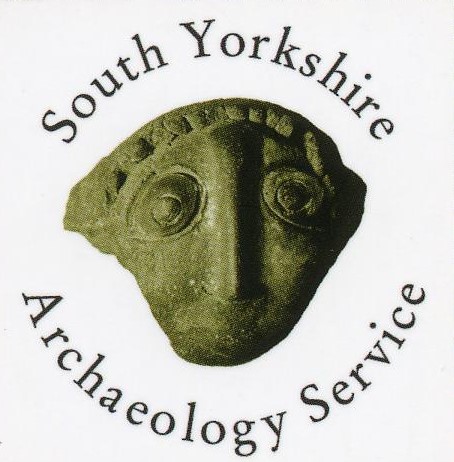Hillsborough Park Historic Park & Garden
Location/Address
None recorded
Type
Description
This Historic Park and Garden was identified and considered Locally Listed under the Sheffield UDP and UDP Policy BE21, which can be seen here: https://www.sheffield.gov.uk/sites/default/files/2022-07/03-udp-built-environment.pdf . The supporting document, which contains the schedule of identified Historic Parks & Gardens, can be seen here: https://www.sheffield.gov.uk/sites/default/files/docs/planning-and-development/sheffield-plan/Historic%20Parks%20%26%20Gardens.pdf. As a result, the park and all its associated features has been included in the current Local Heritage List for South Yorkshire.
The present park was originally laid out as the private grounds of Hillsborough House, built in 1779 by a local landowner, Thomas Steade. The house, was a typical 18th century hall in the classical style, designed by Robert Adam, a highly acclaimed architect working in the West Riding in the 1760s and 1770s.
As was fashionable at the time, the hall was built on the highest point of the grounds, commanding views to the south and east across the estate. The park is contemporary with the house and was laid out in the tradition of English landscape parks, with native tree species planted in naturalistic groups in open parkland. The lime avenue from the Penistone Road lodge is probably an original feature, together with the tree belt lining the south and south east boundary of the park. Other important landscape features include the ha-ha around the south front of the hall, the lake, the walled garden and other walls and pathways around the rear of the hall.
In 1890 Sheffield Corporation bought Hillsborough Park minus the half for £15,000 at auction, from the trustees of the late Mr J Willis Dixon. The proposed park was a small part of the Hillsborough estate ,which greatly exceeded the 50 acres of proposed public ground and boundaries. The original parkland was extended for 102 acres, bounded by Dykes Hall Road, Wadsley Lane and Penistone Road.
The park was opened on 8 August 1892 after various improvements carried out by the Corporation to provide facilities for the public. The lake was enlarged and made suitable for boating, new boundary walls and fences were erected and public conveniences were built. New walks were created with new entrances in the north-west and south-west corners and sports facilities were provided. These new elements were superimposed on the 18th century park landscape, although it seems care was taken to ensure that the minimum of original features were lost.
Until 1903 the halflwas leased, with 11.5 acres, back to the owner, who at that time was James Dixon, owner of Cornish Place, the silver plate works, in Kelham Island. In 1903 the hall and grounds were bought by the Corporation and in August 1903, the hall opened as a branch library with a reading room, lending room and a small picture gallery.
Sheffield Directorate of Planning and Economic Development, 1997, Sheffield's Historic Parks and Gardens (Unpublished document).
Statement of Significance
None recorded
Date Listed
n/a
Last Updated
07 Sep 2022
Comments and Feedback
Do you have any questions or more information about this record?



